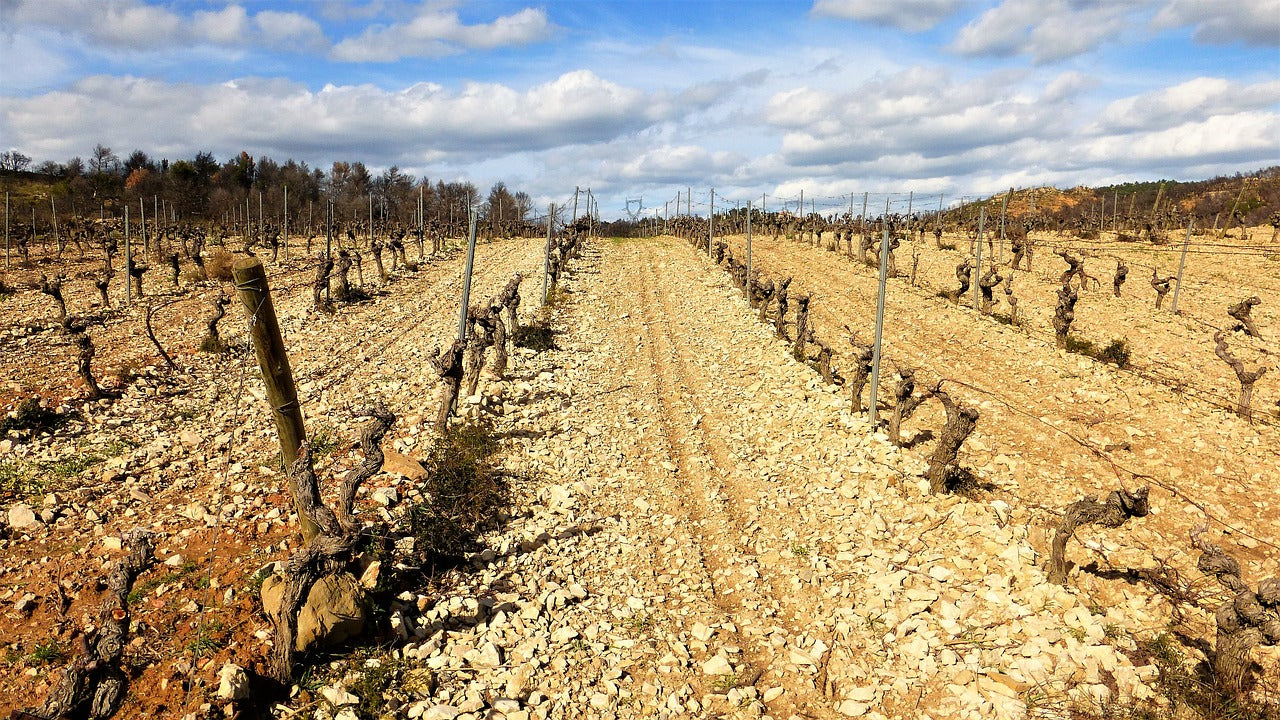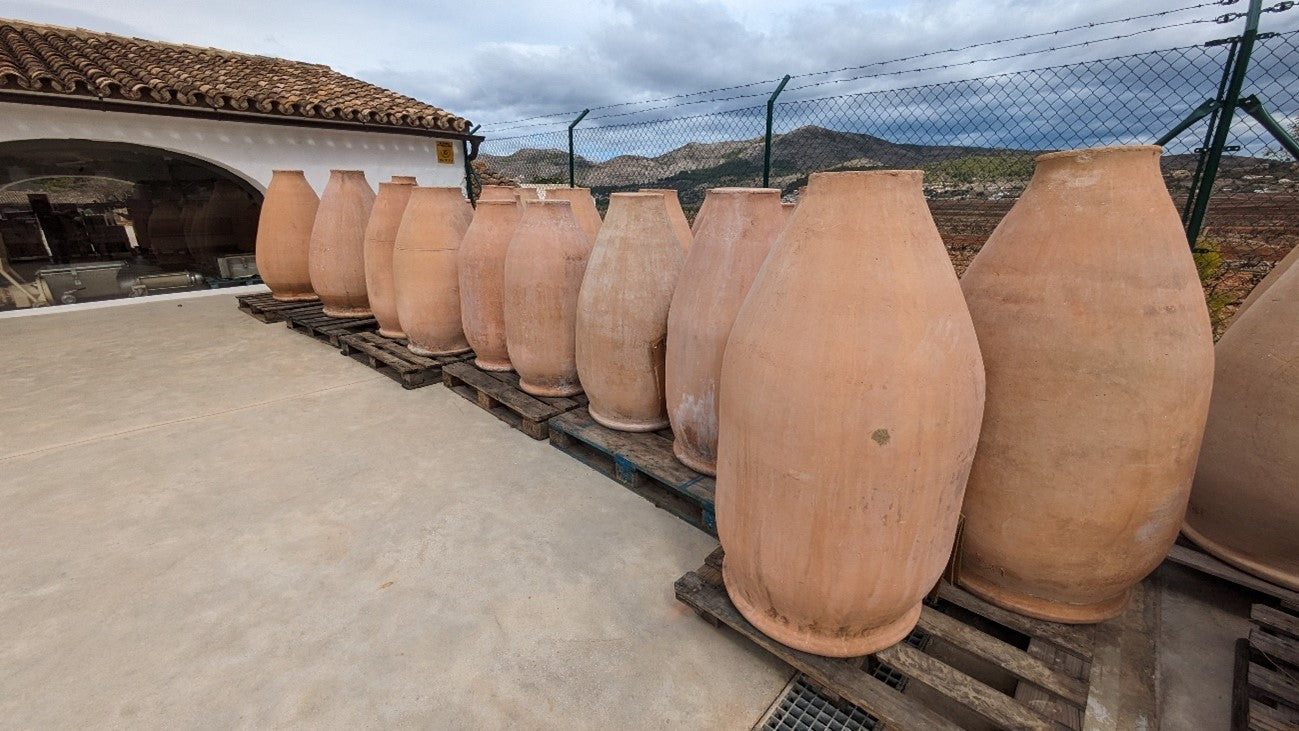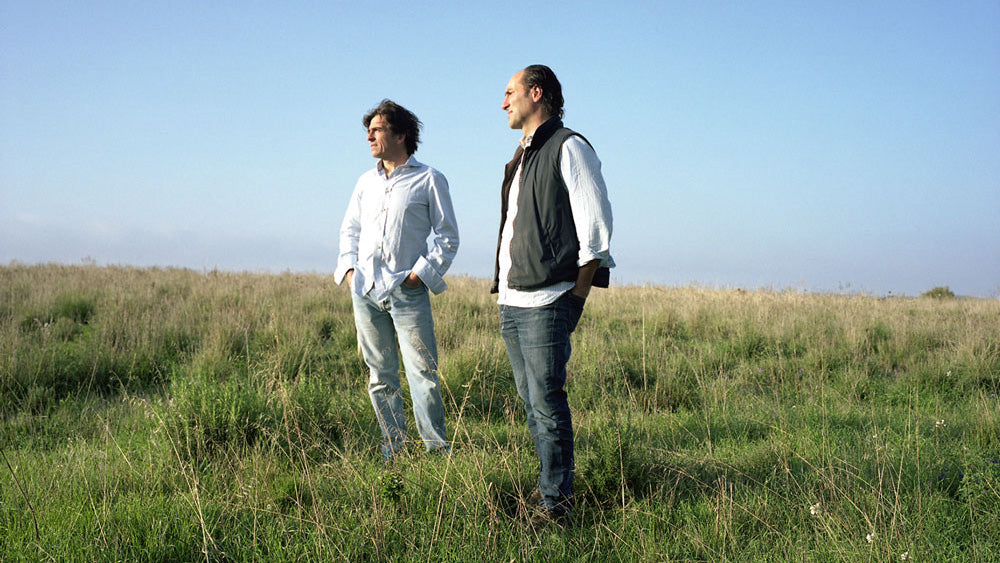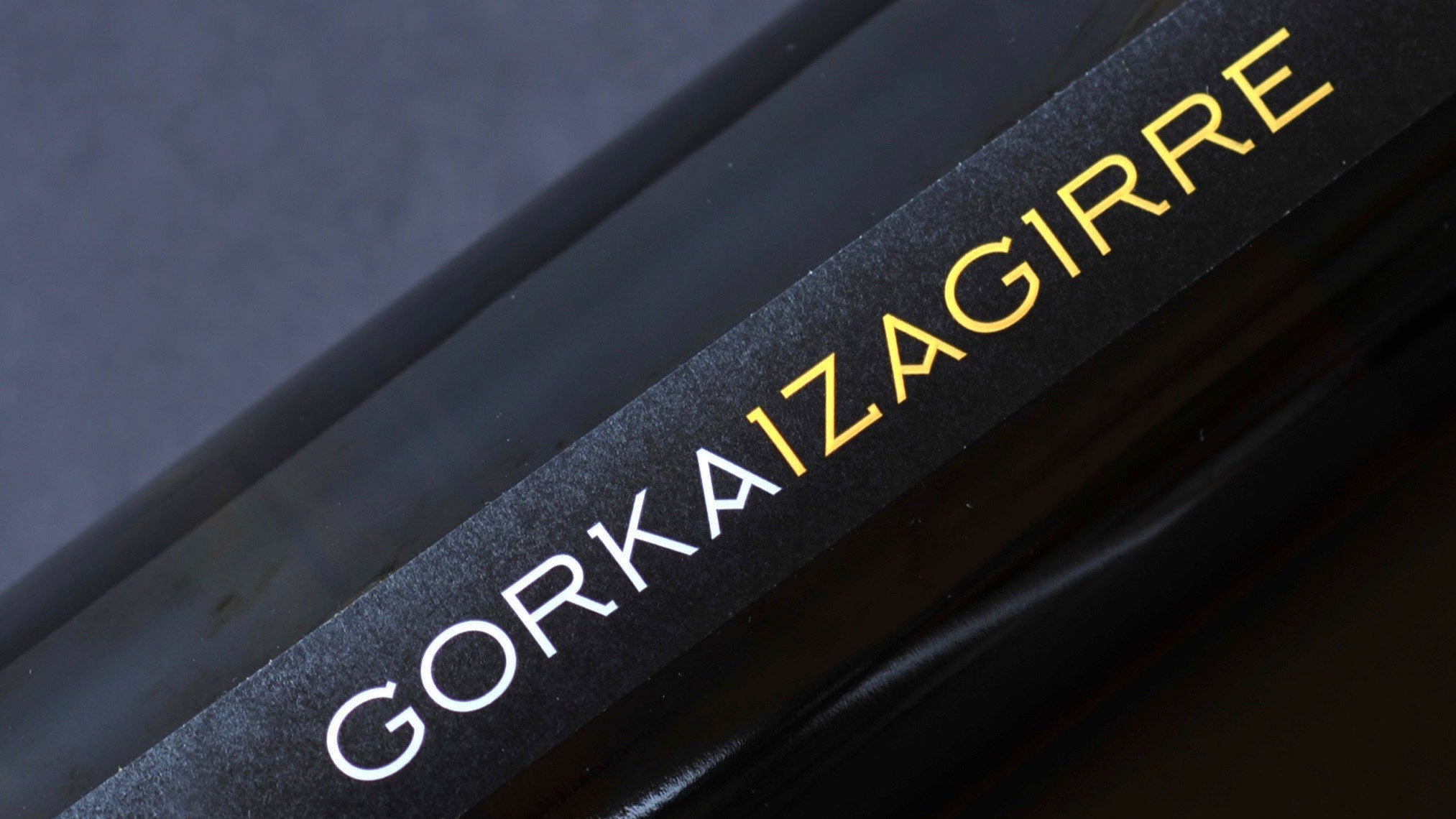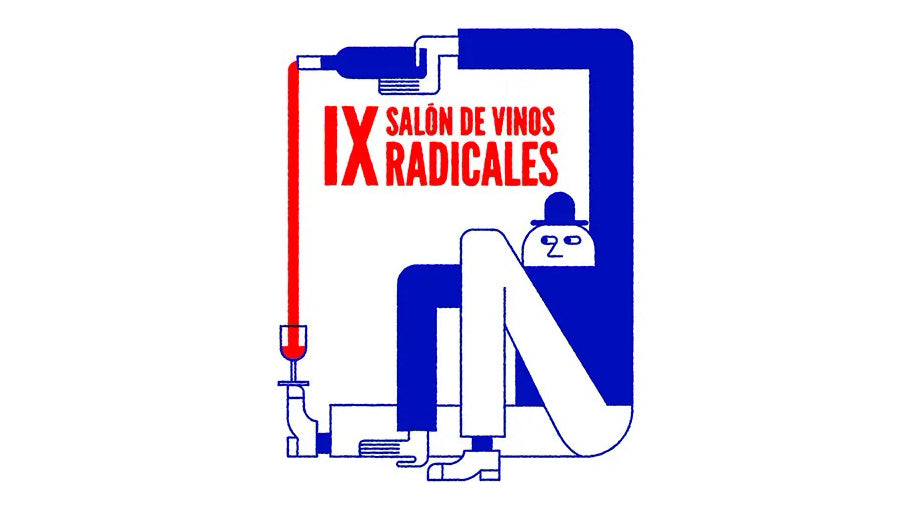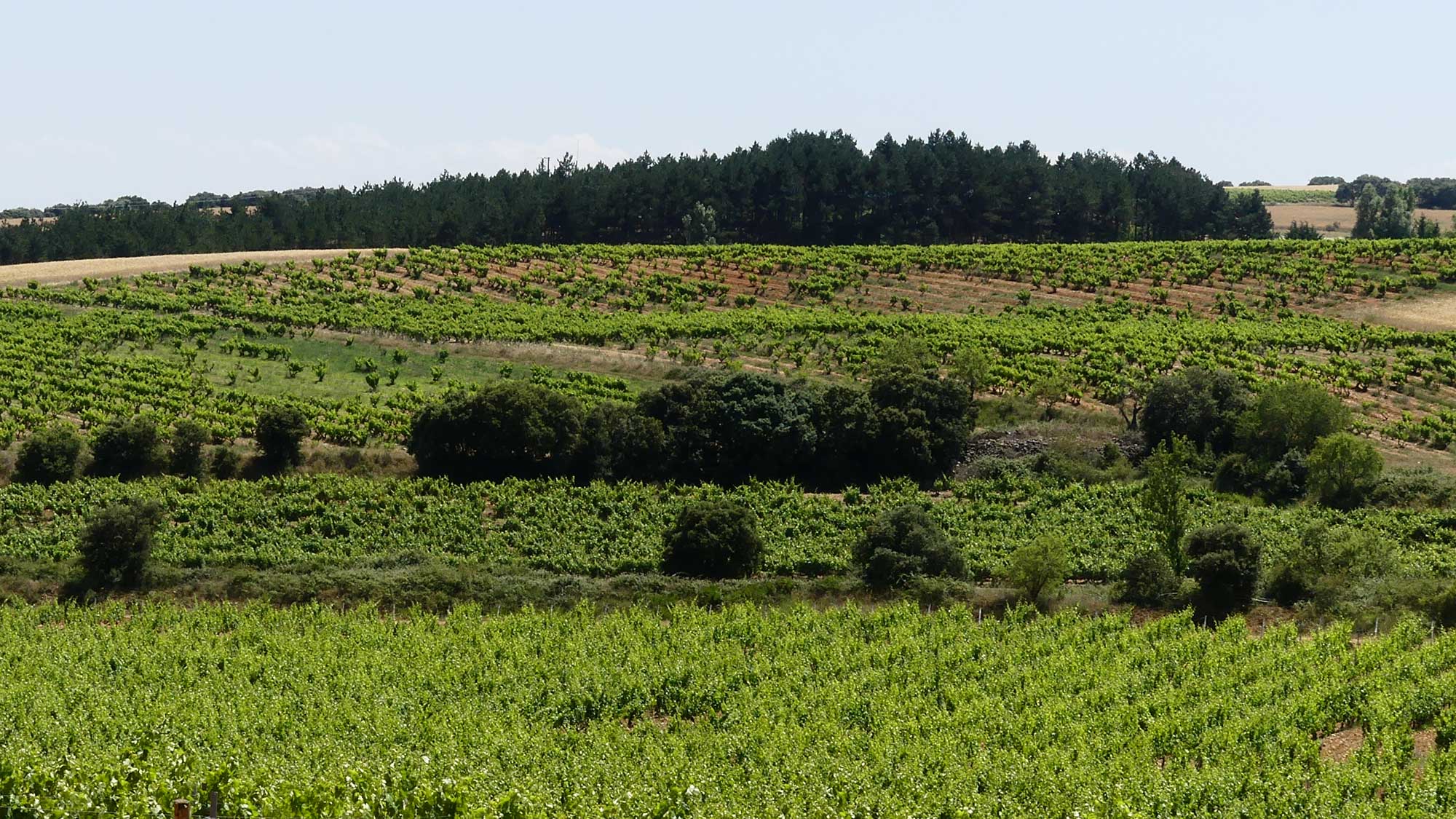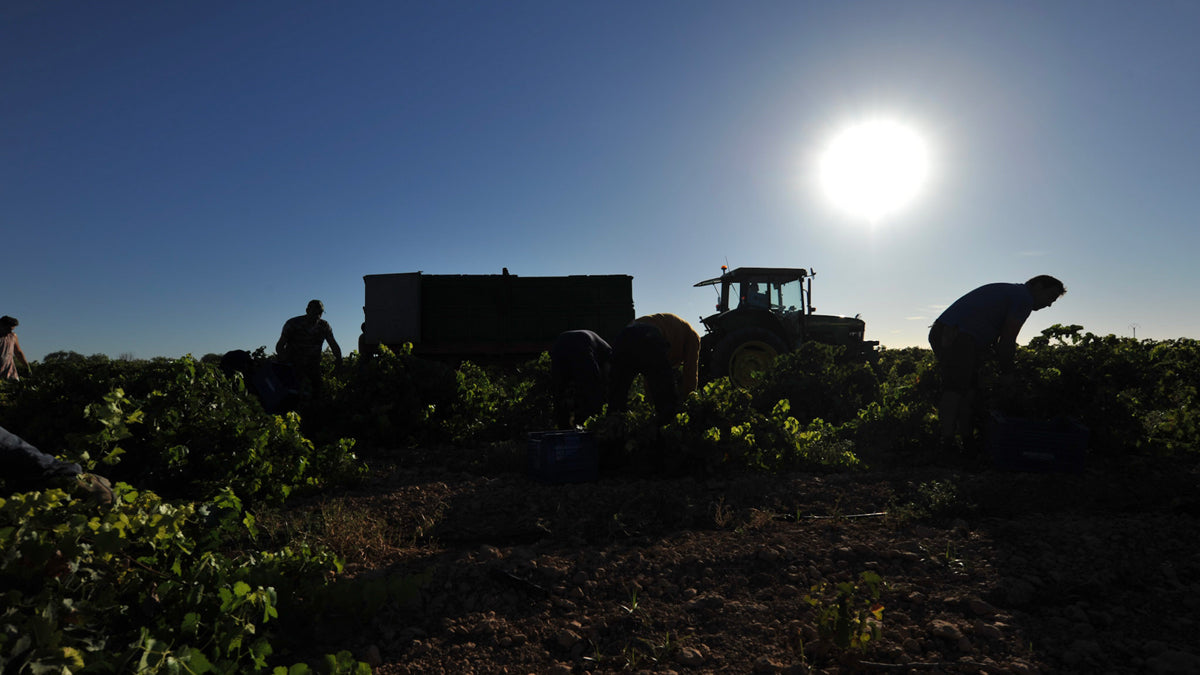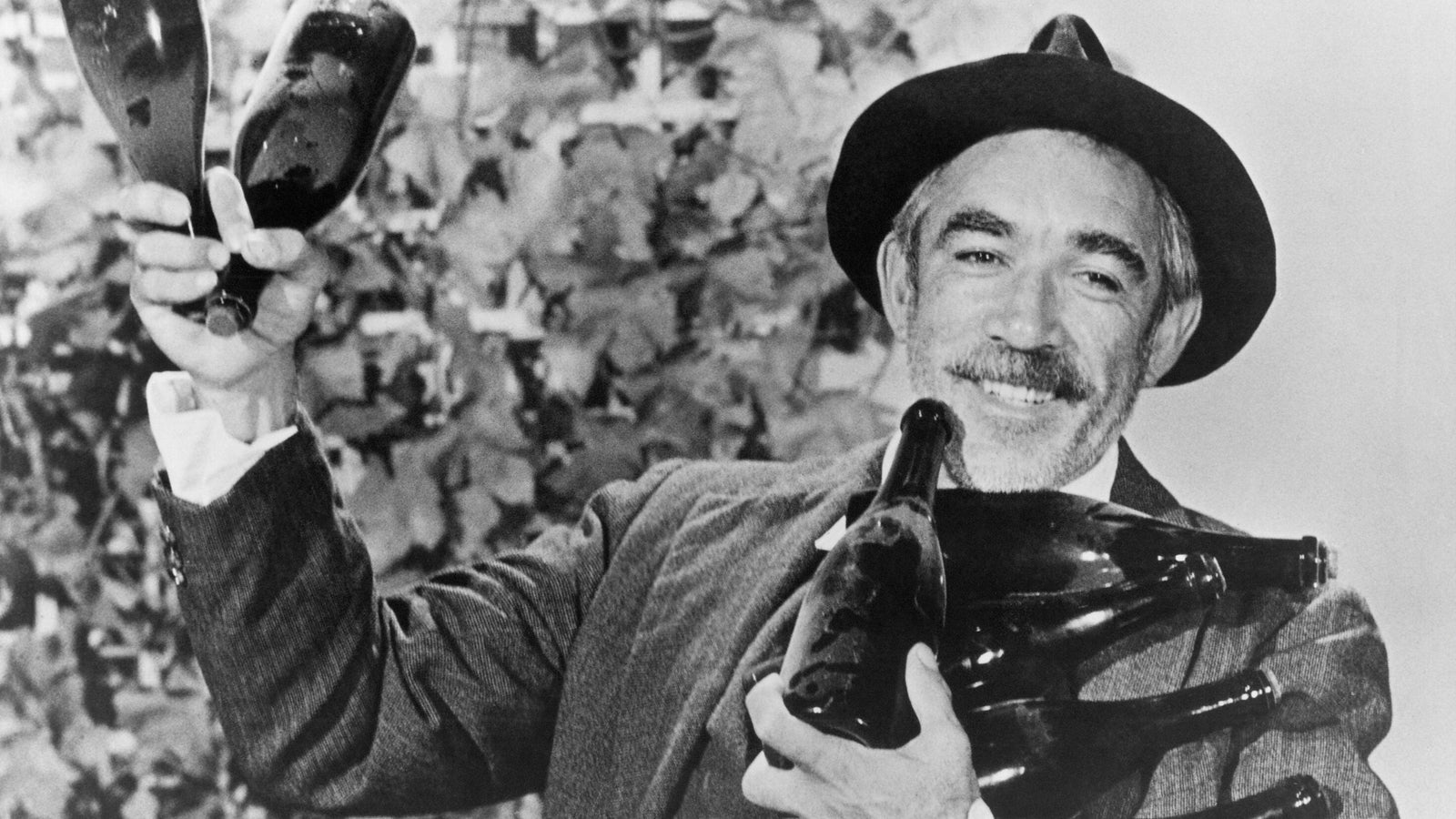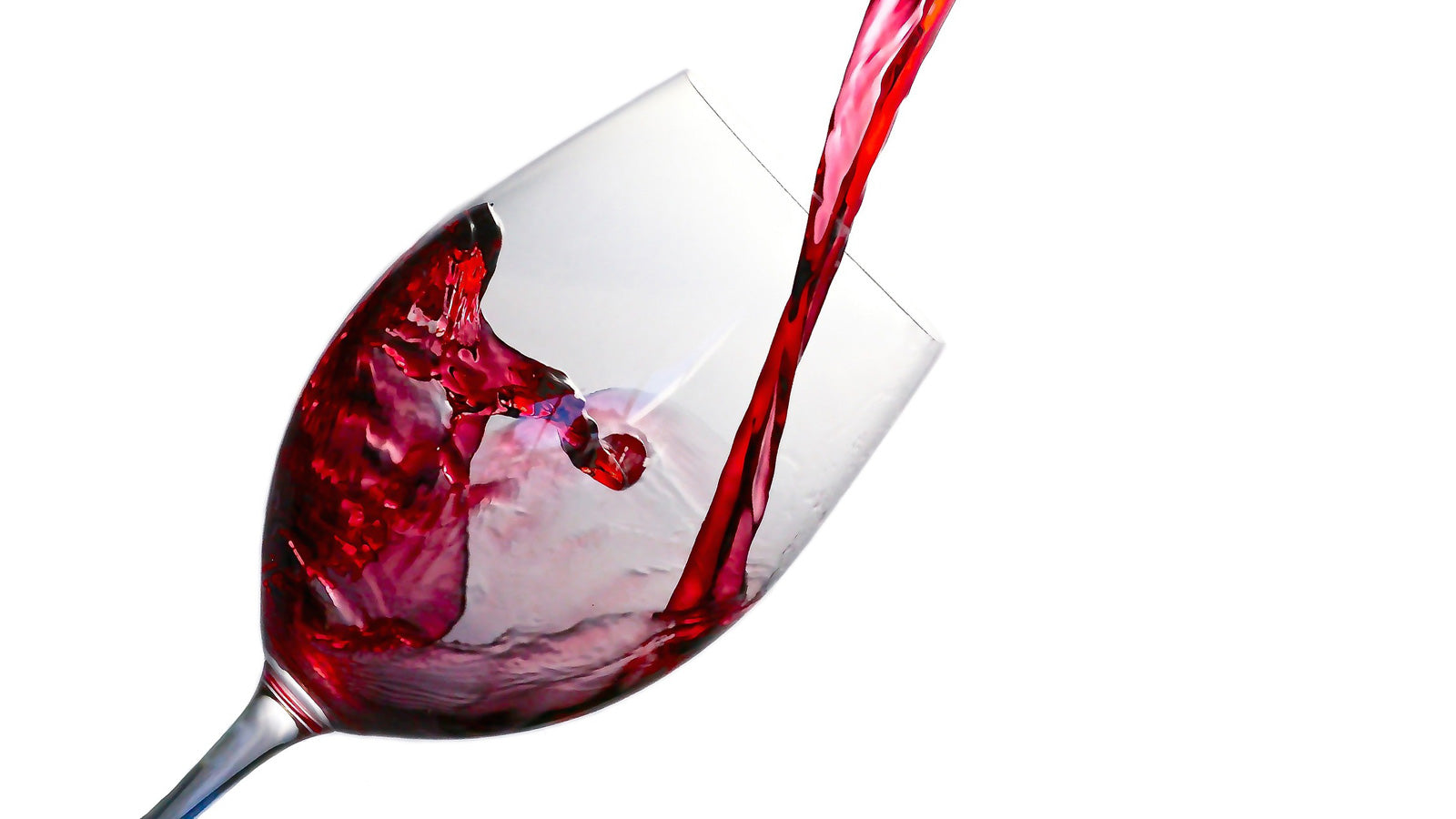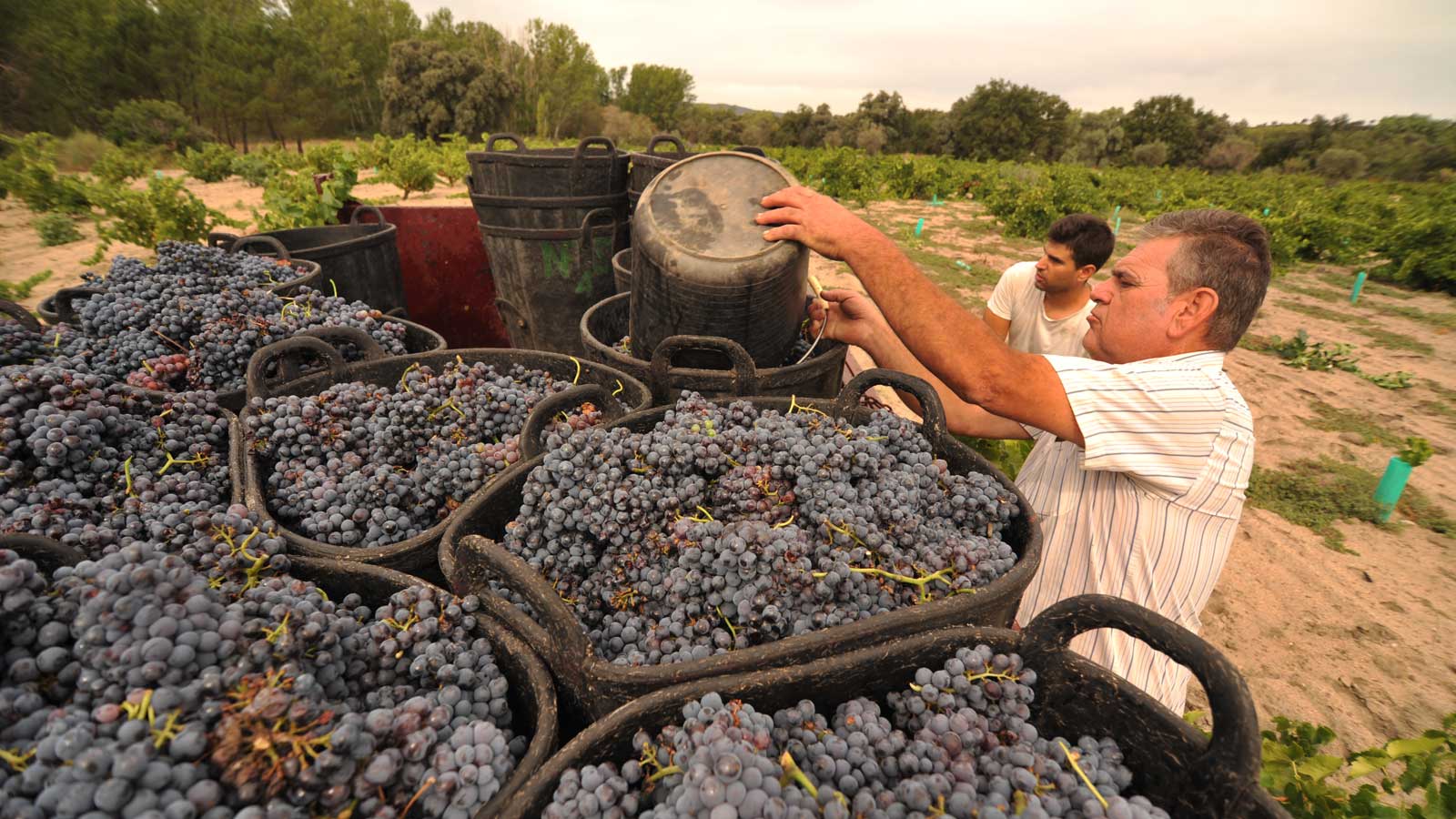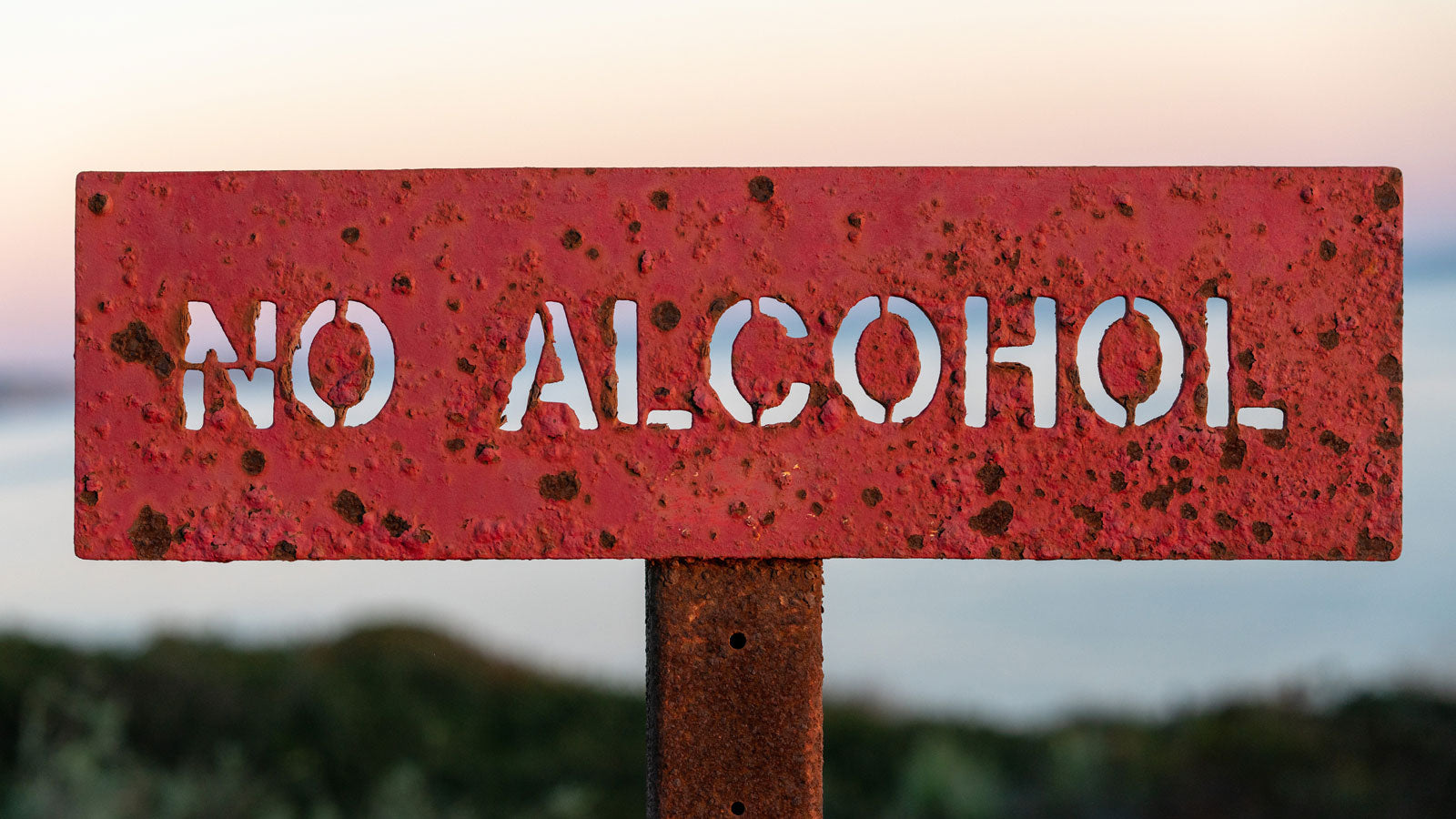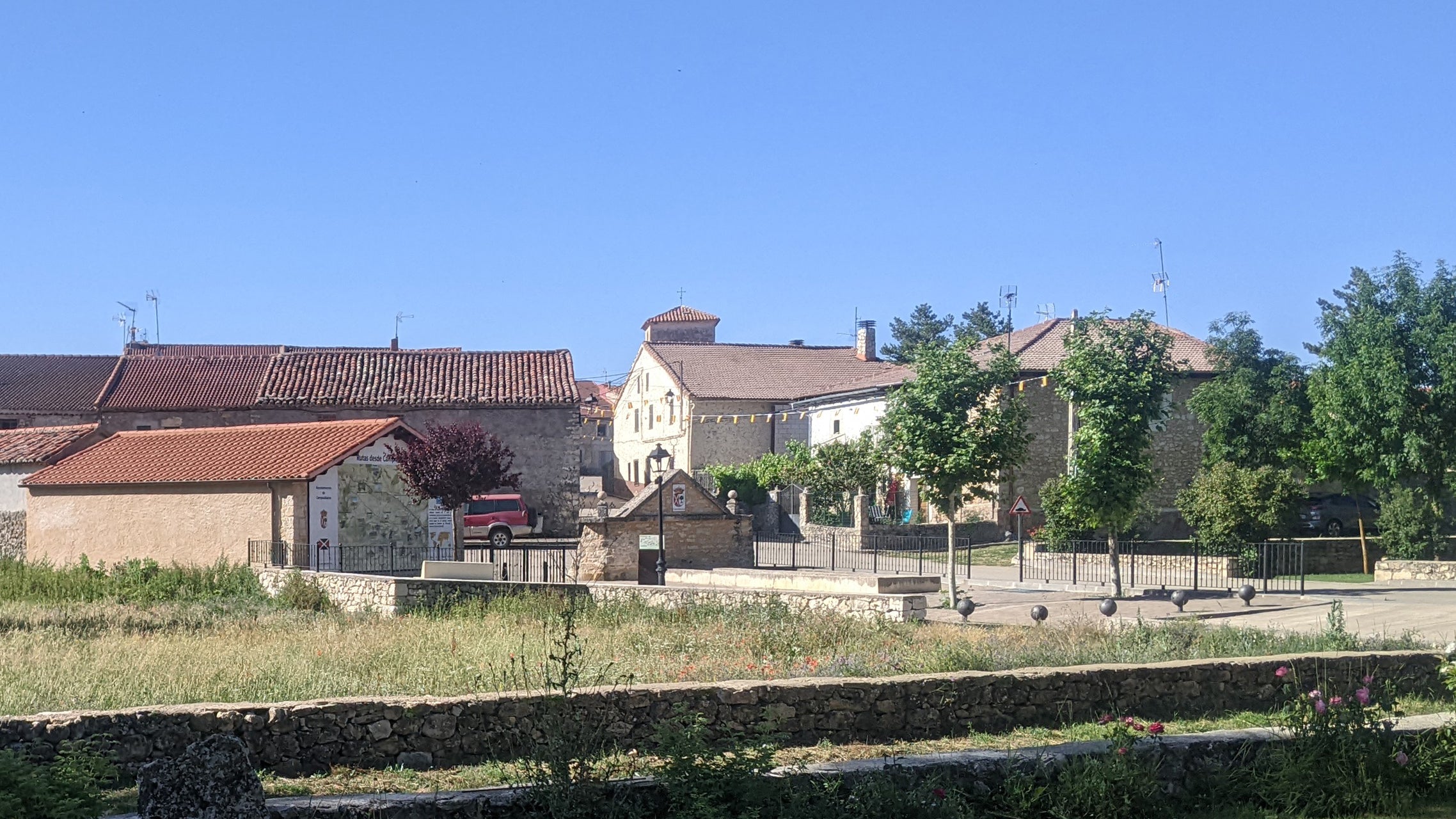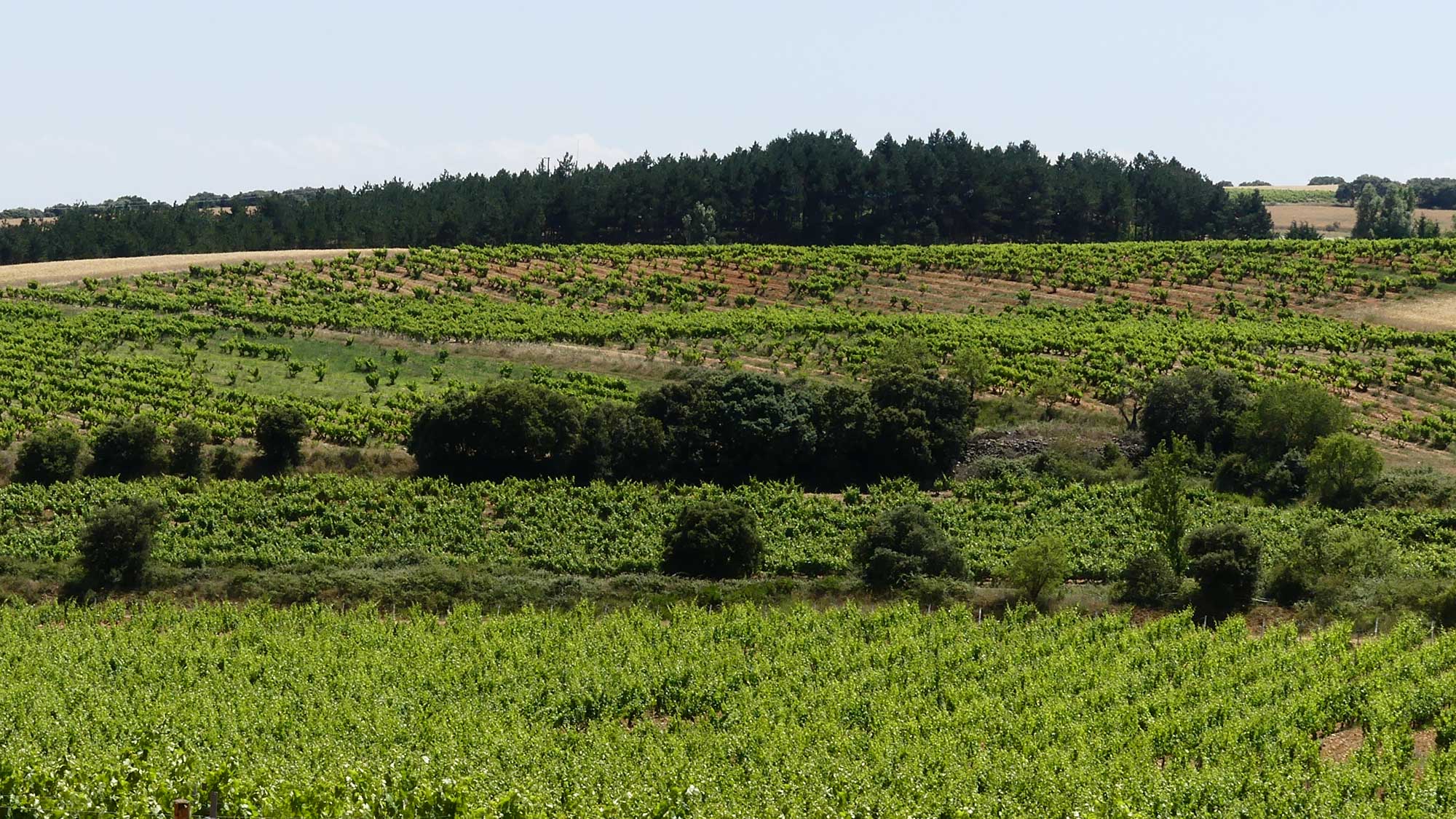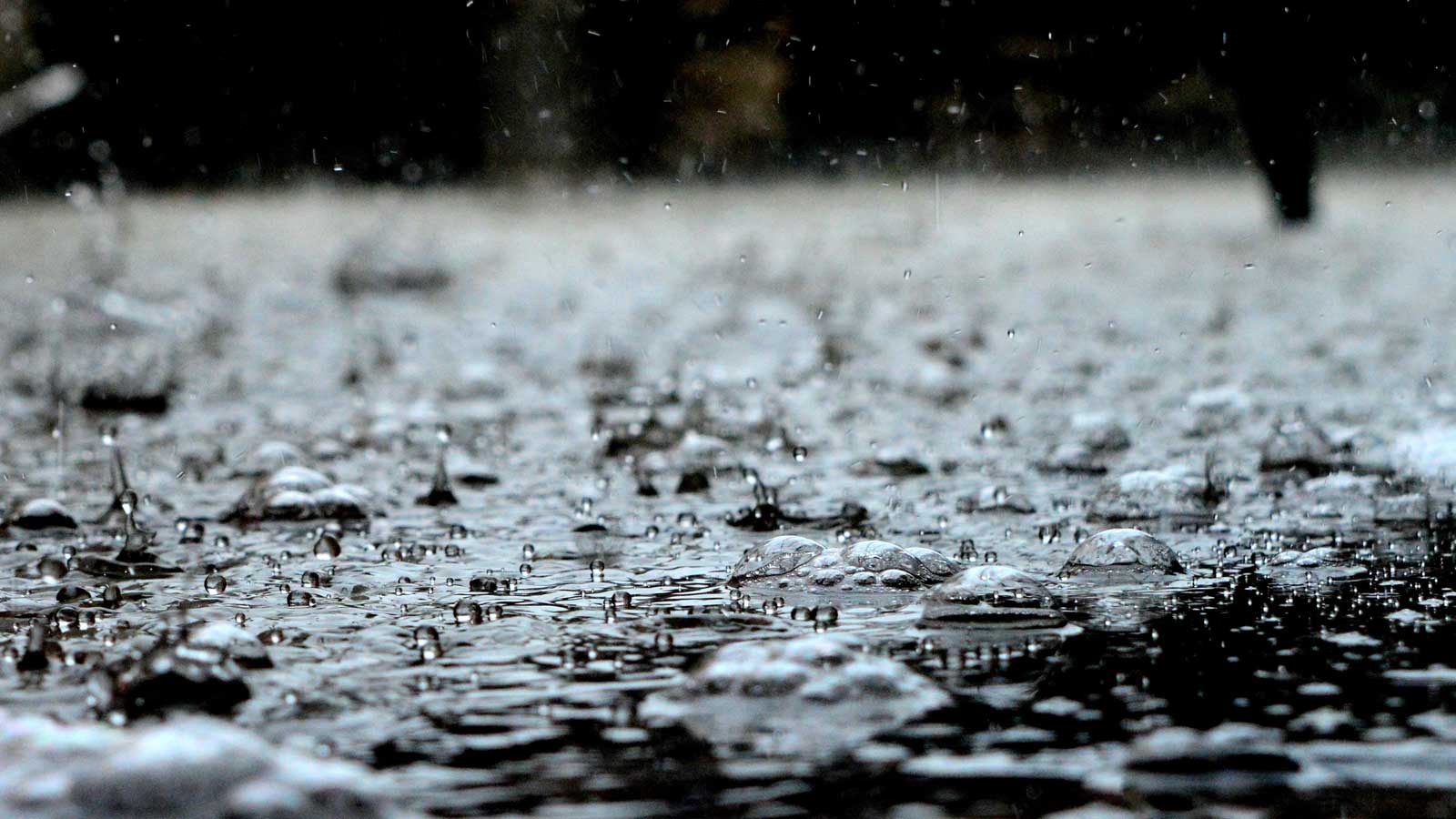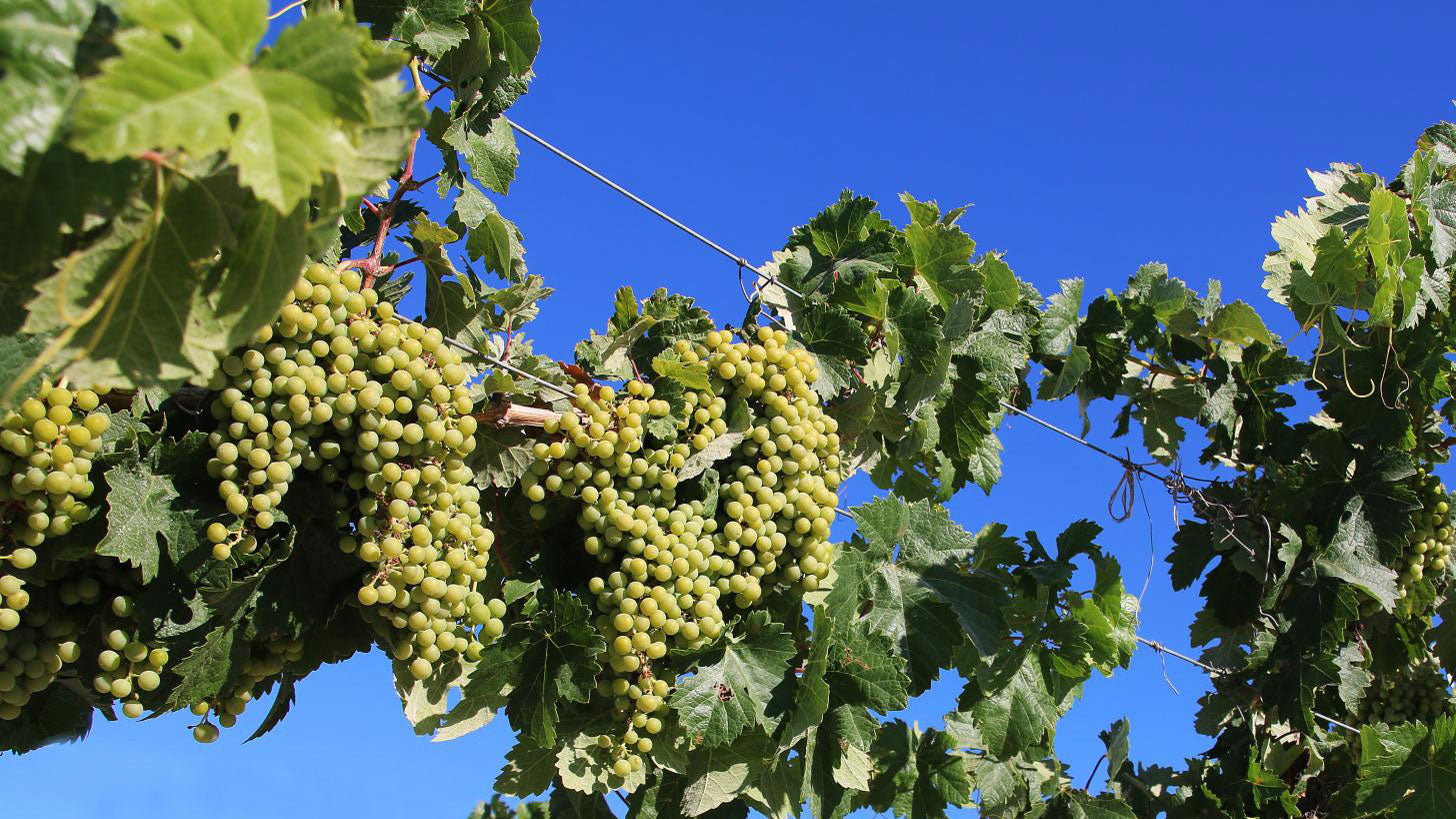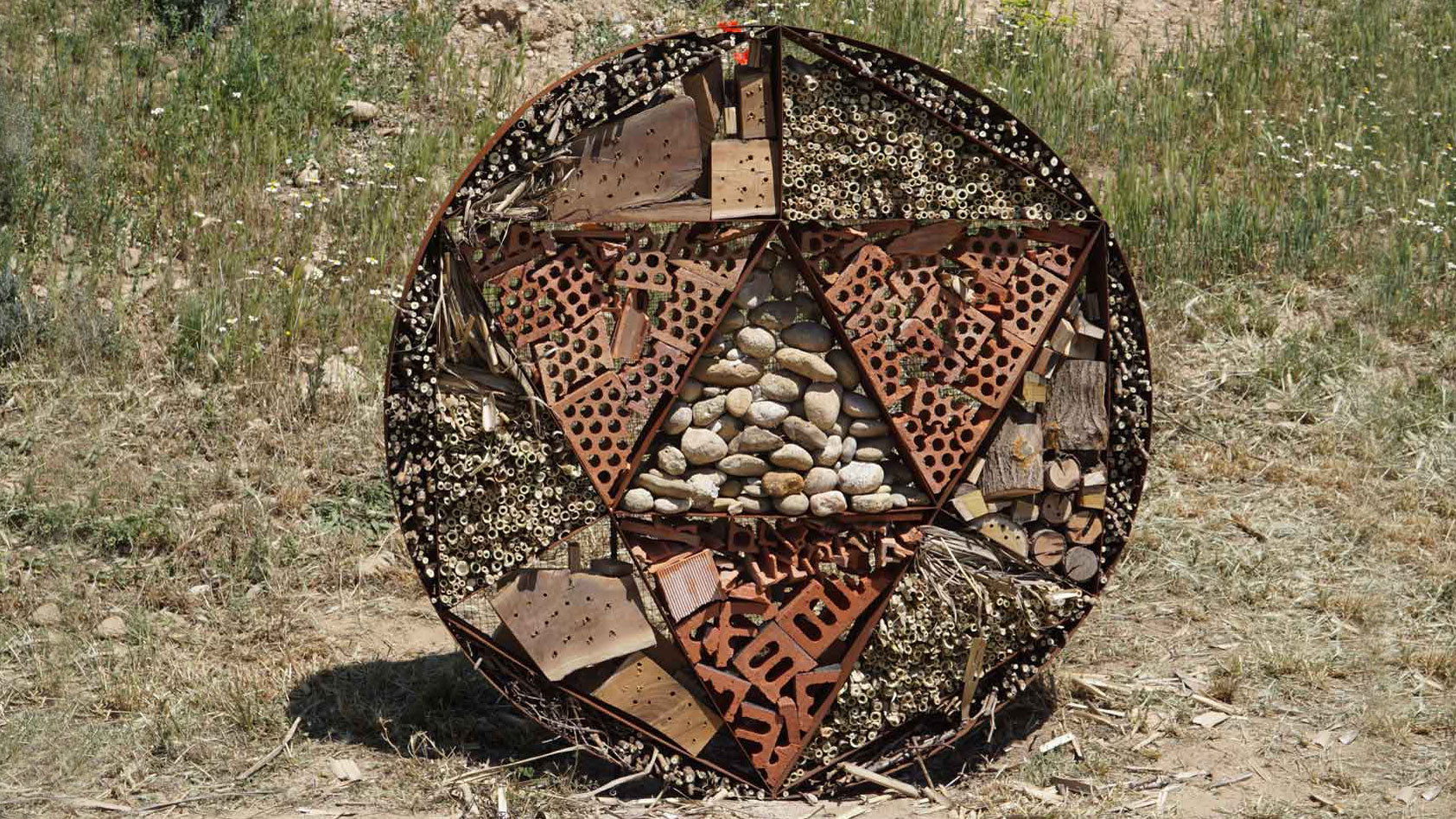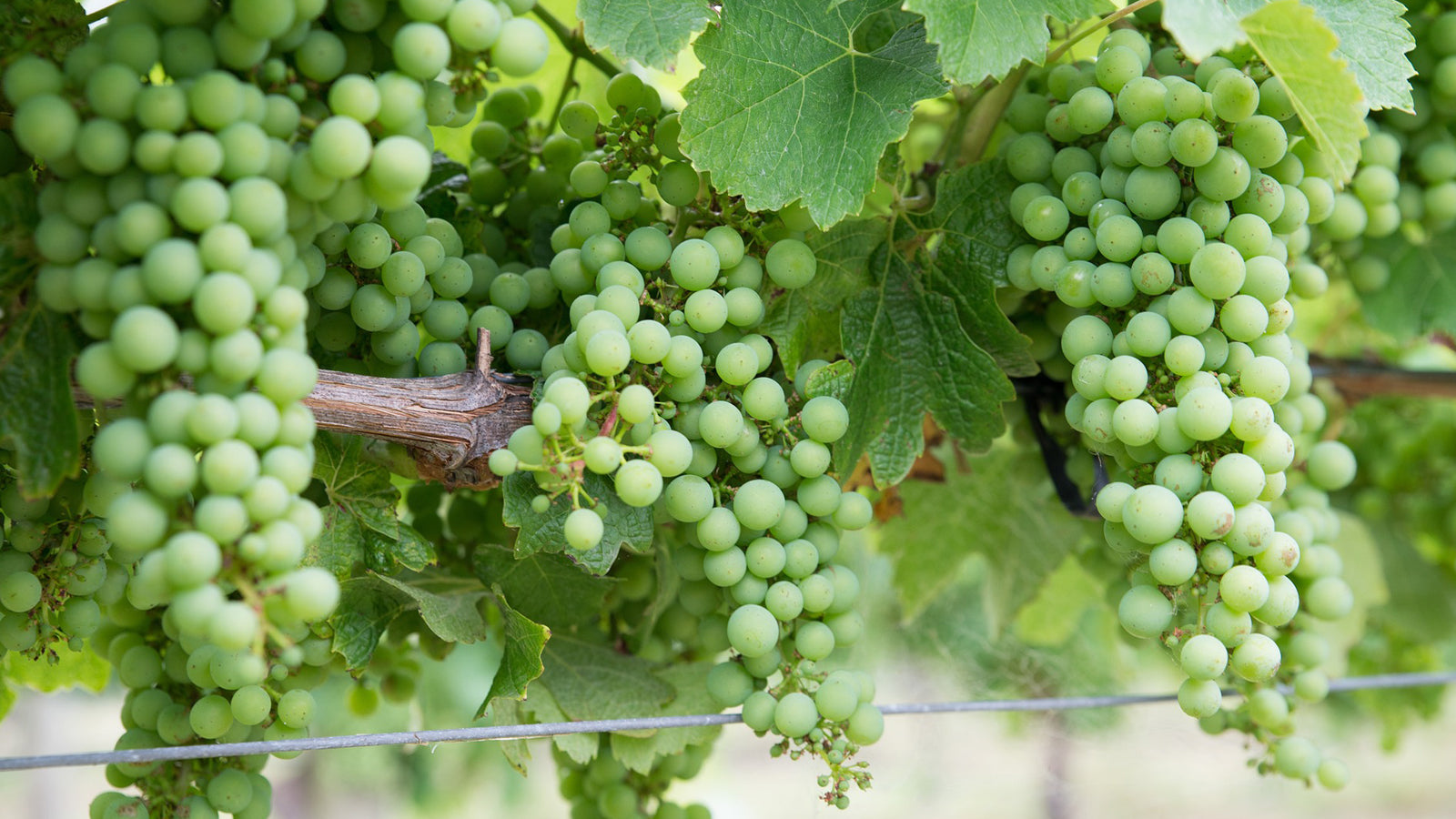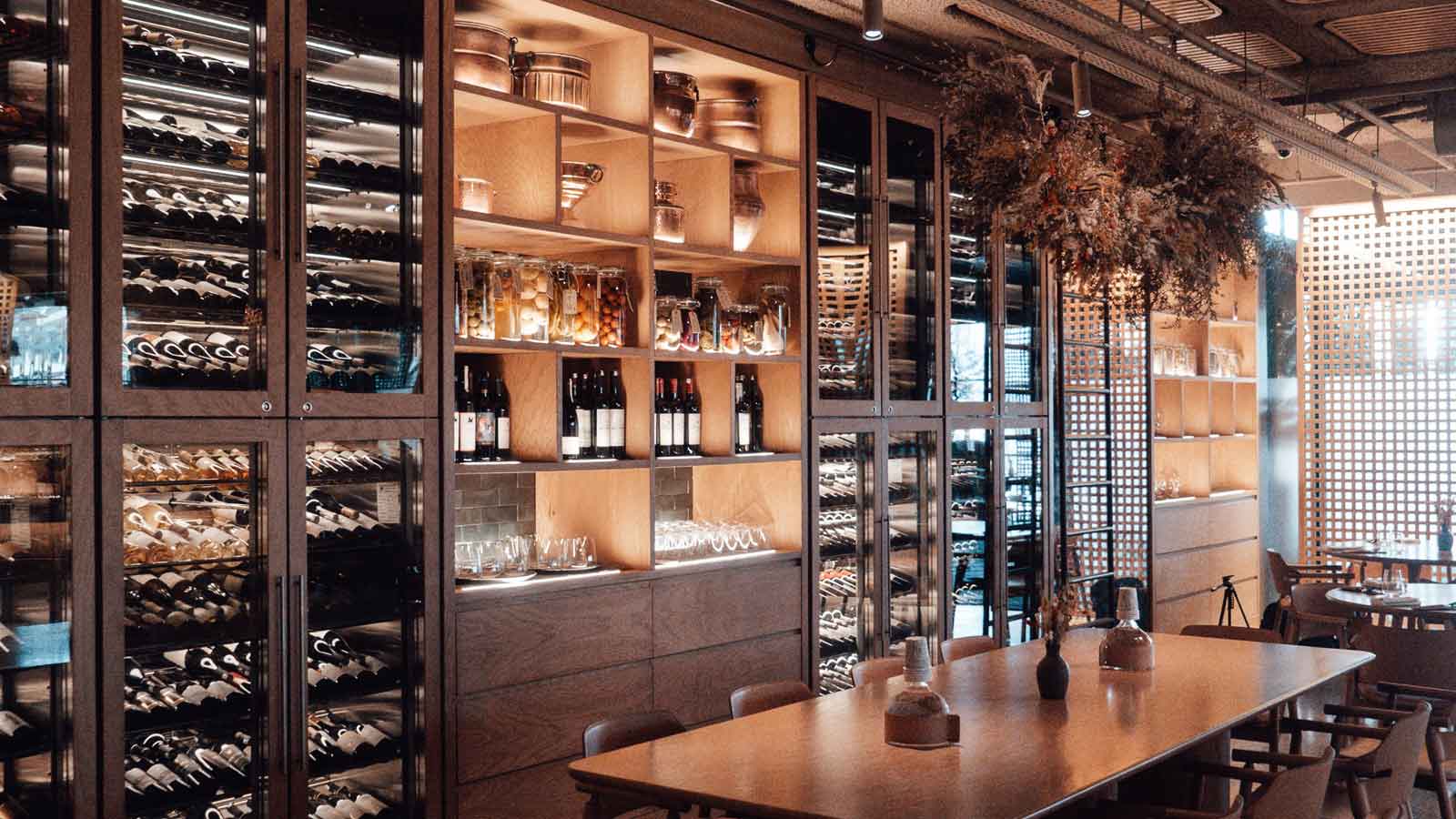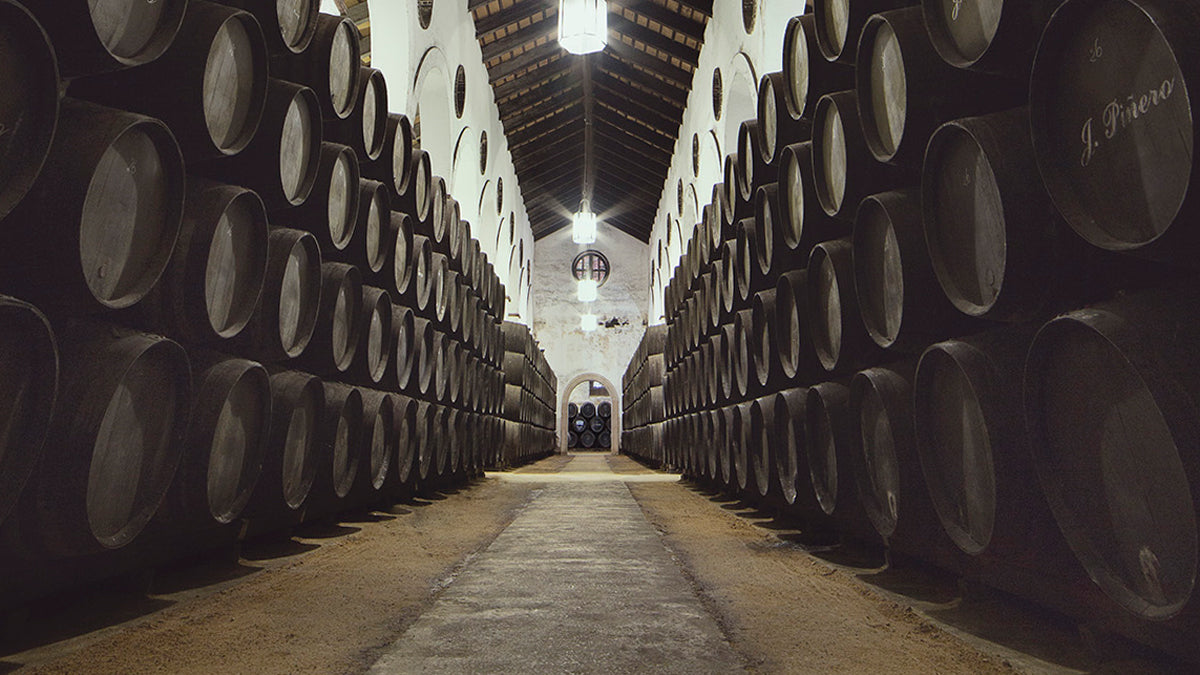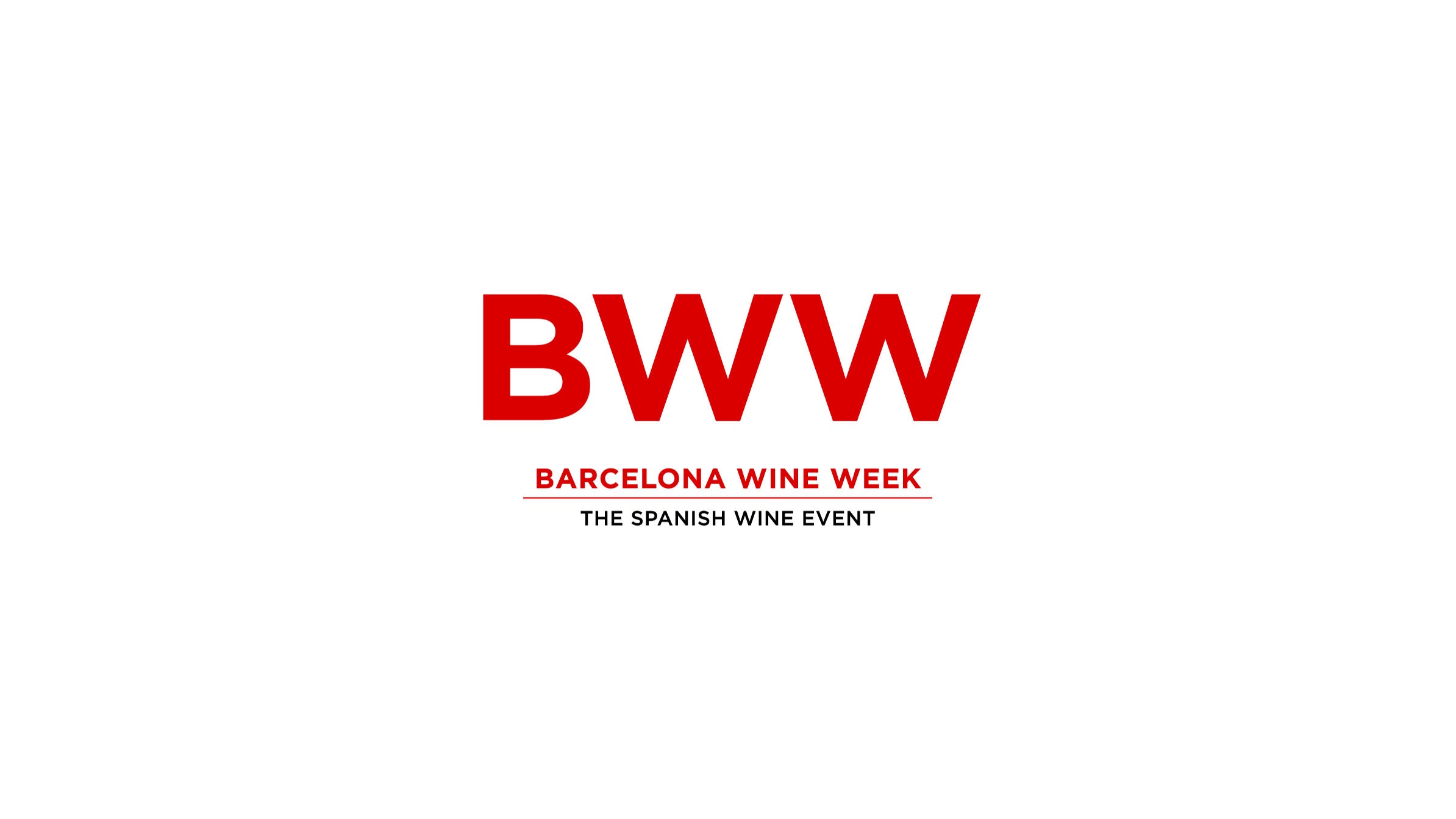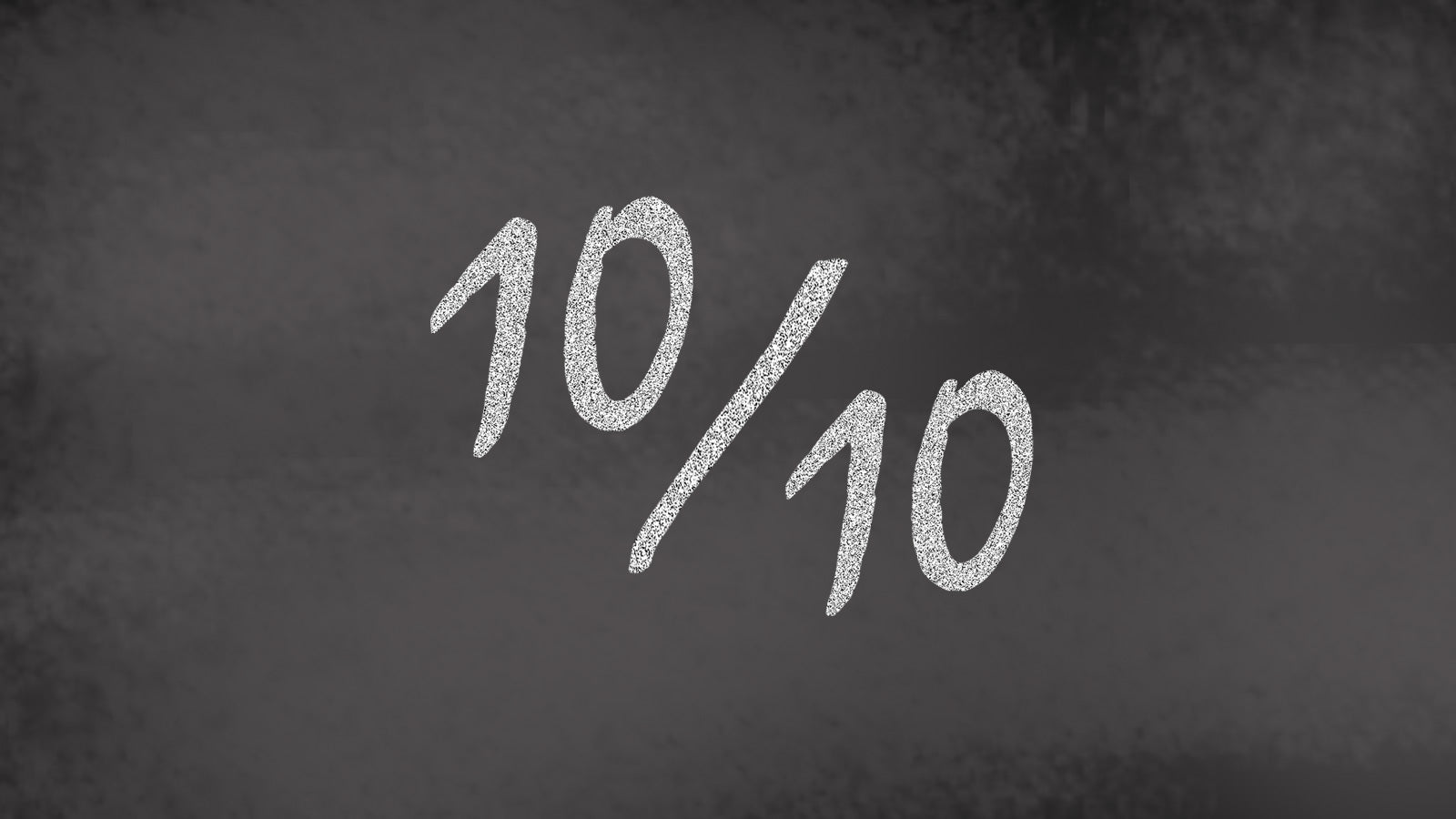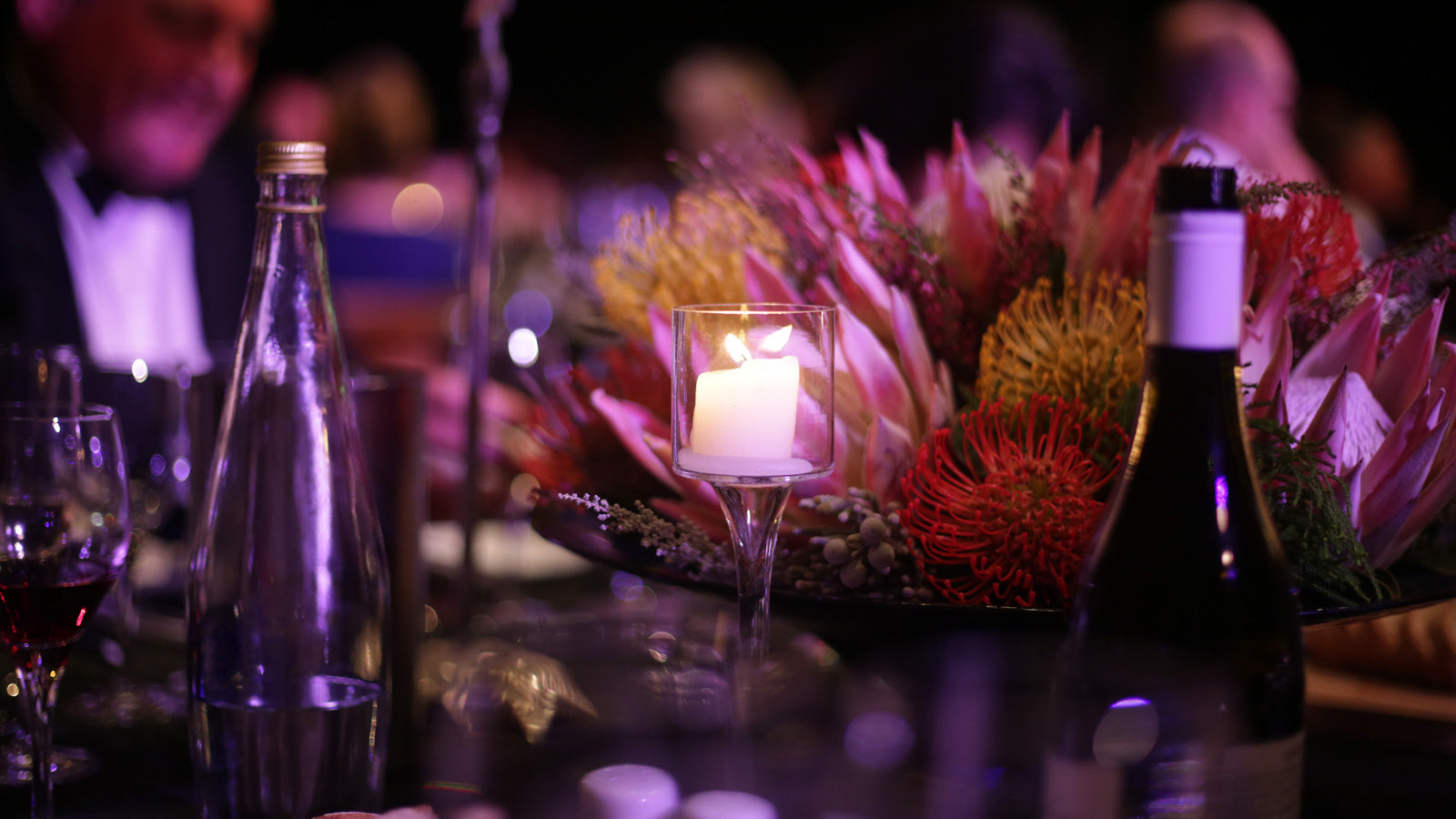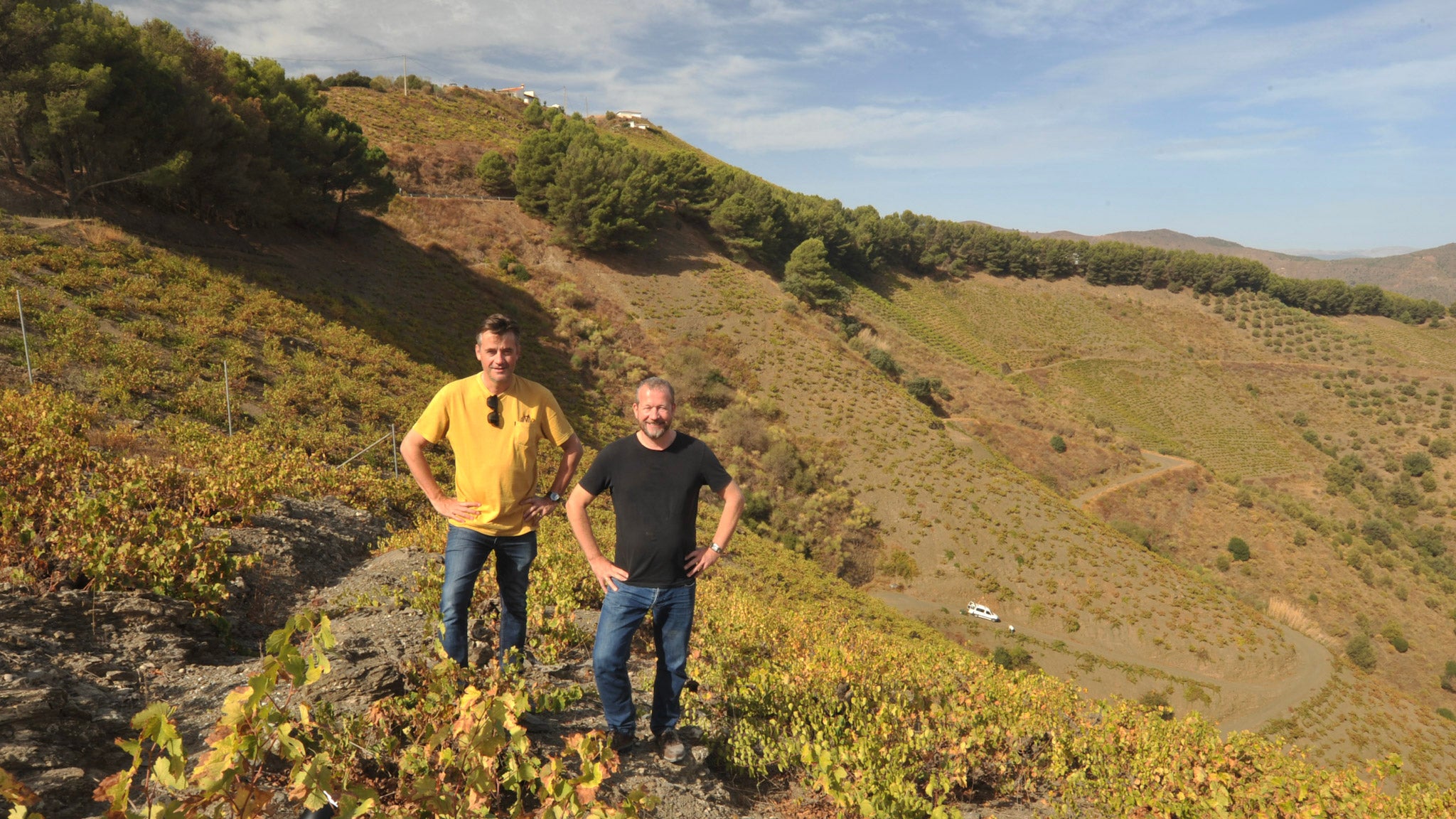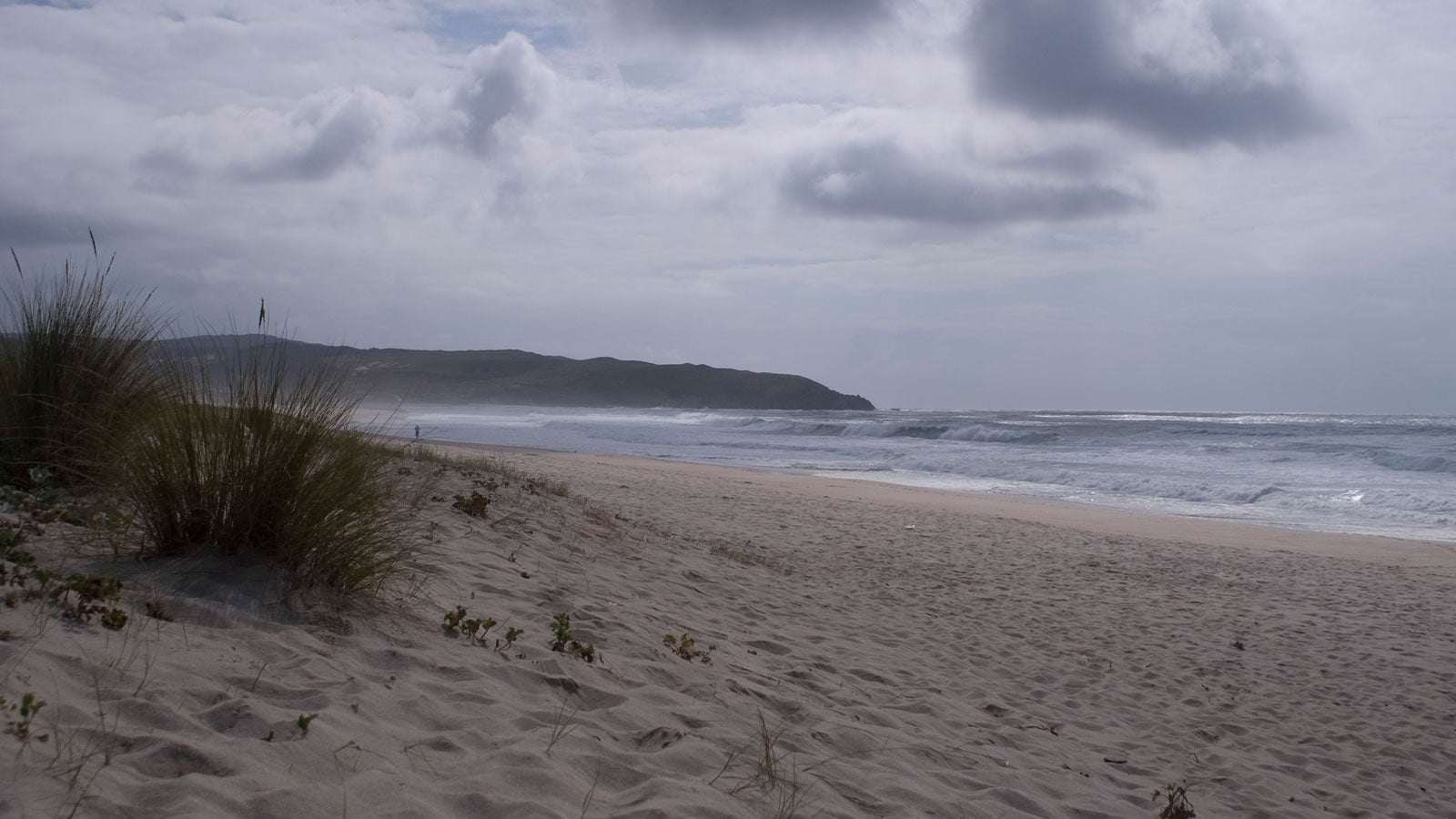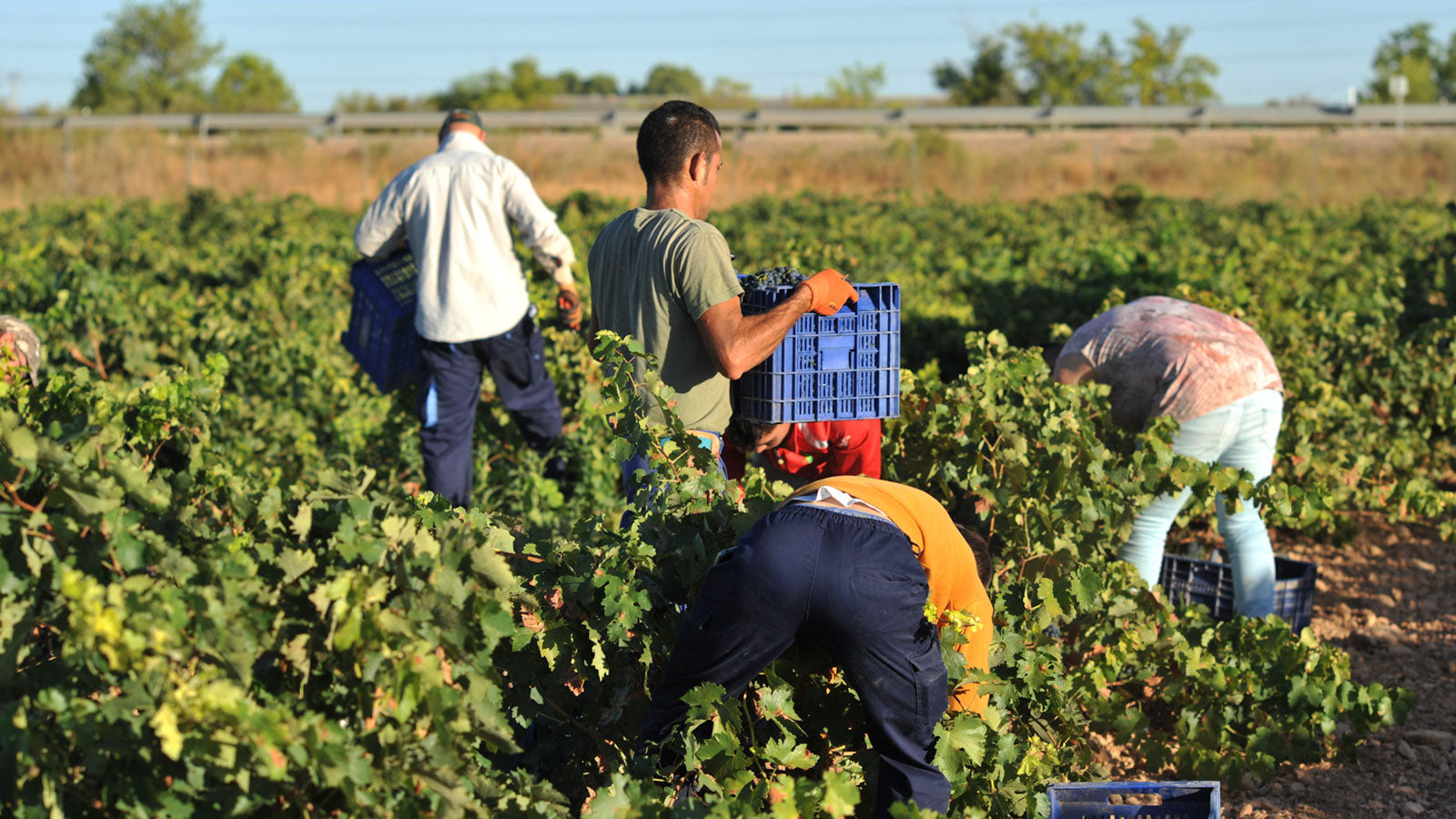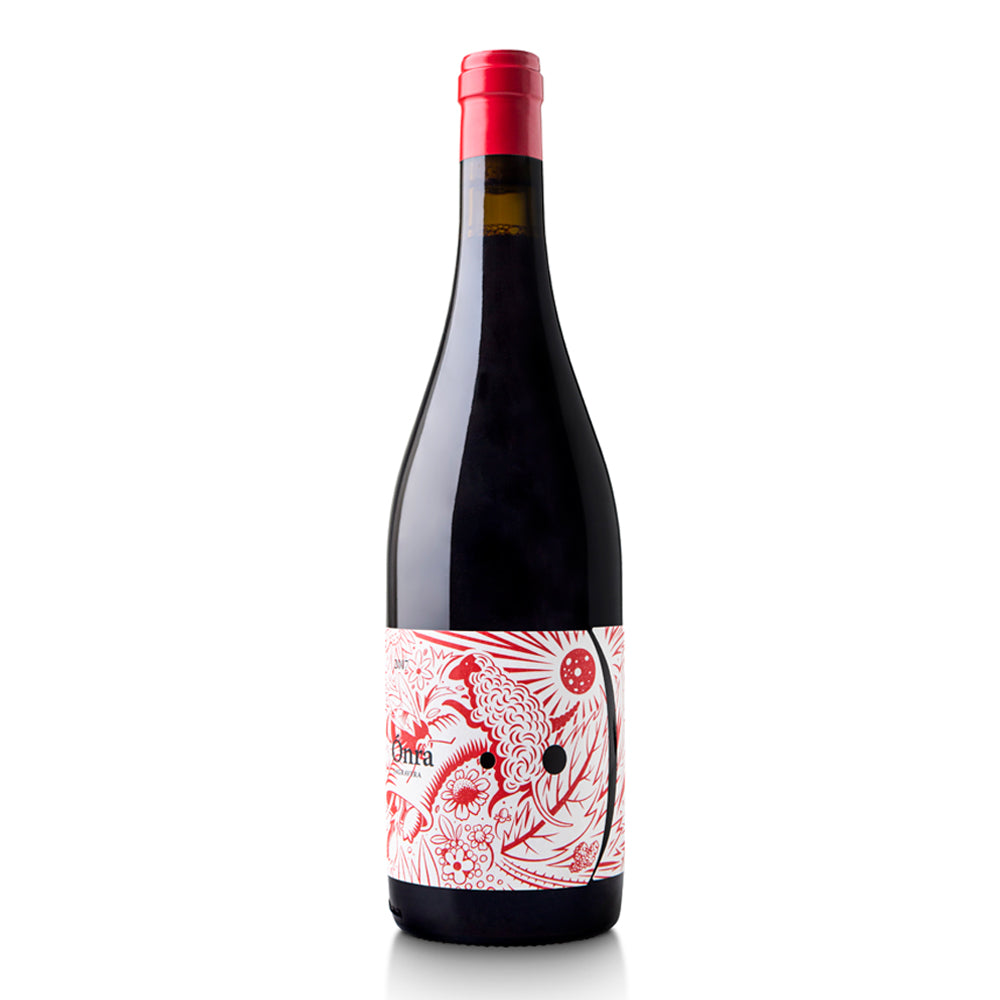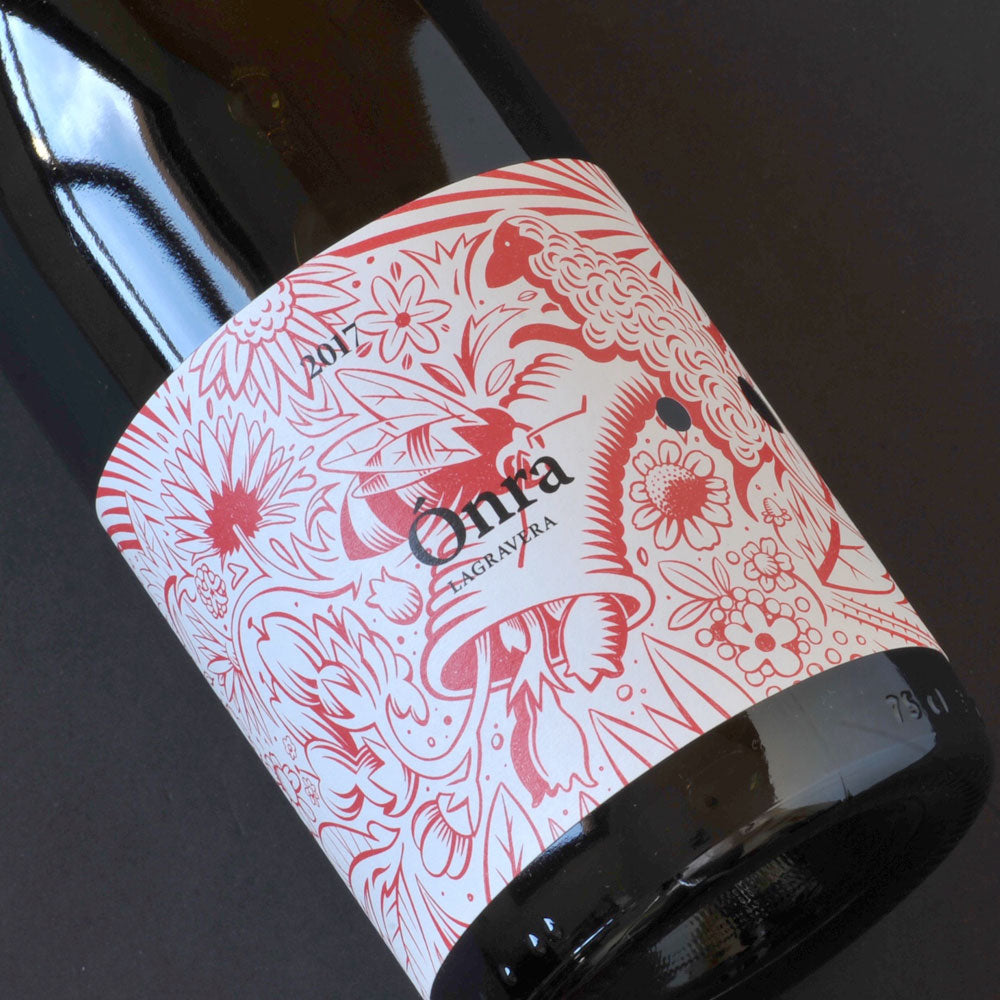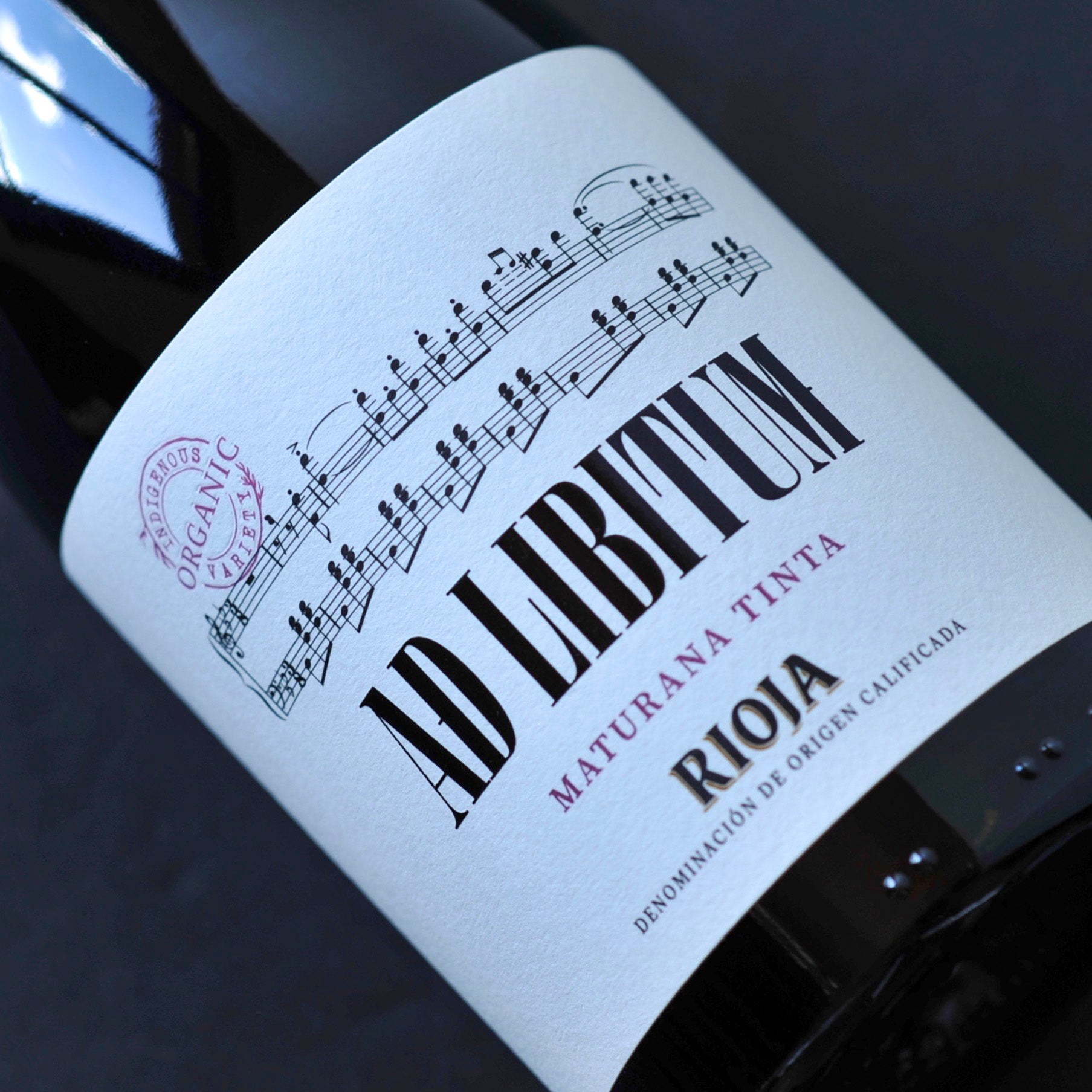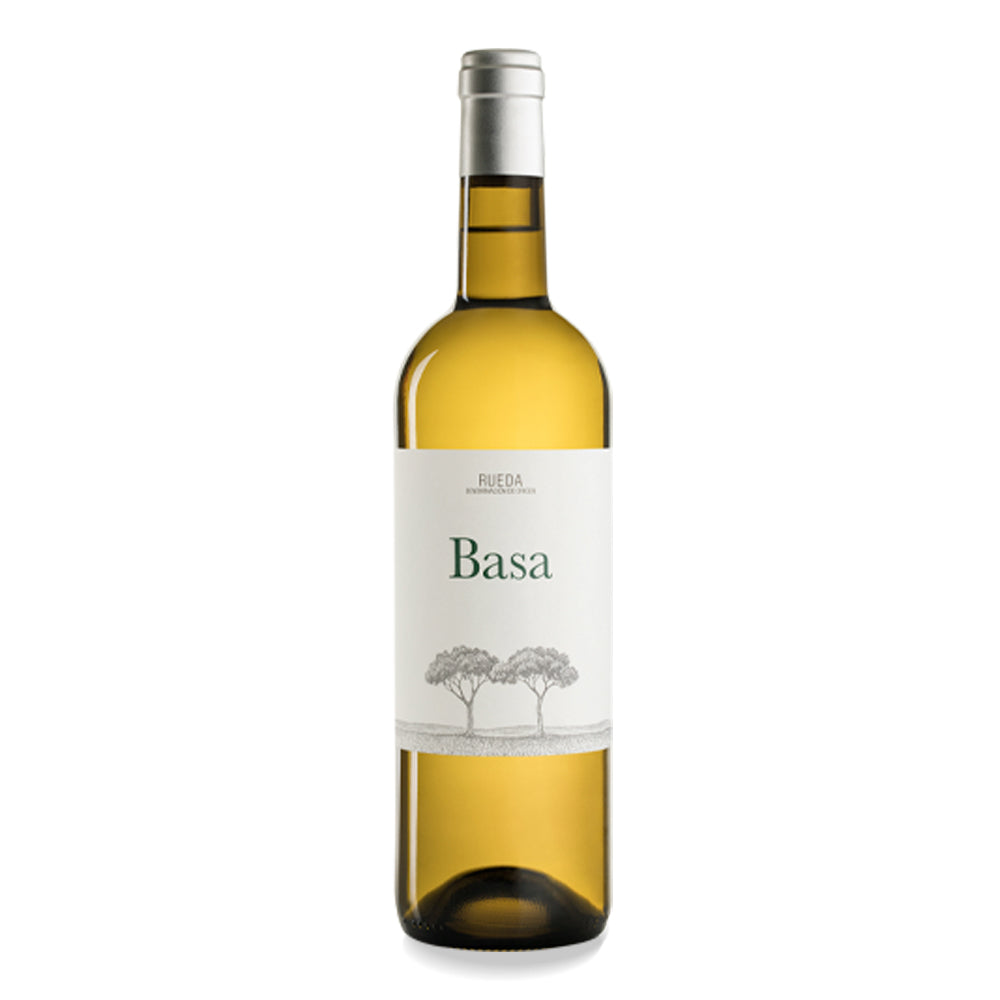If you’re a wine fan and live in Spain, it can’t have escaped your notice how much Tempranillo there is around the place. In fact, the red version is by far and away Spain’s most planted red grape variety with just over 200,000 hectares at the last count, or about 22% of the total vineyard area (second place Garnacha can only manage a measly 60,000 hectares).
But there is another sort of Tempranillo that’s a little harder to come by. Tempranillo Blanco, or white Tempranillo, is a mutation of the darker-skinned variety and it shares almost 98% of the latter’s DNA. While mutations are a fairly frequent phenomenon in the grape world – think Pinot Noir/Blanc, or Garnacha/Garnacha Blanca – Tempranillo Blanco is a relatively new kid on the block as it was only discovered by accident in Rioja in 1988 when a grape grower found a yellow-green cluster in amongst all his blue-black grapes.
Today there are just 766 hectares of the variety planted across the whole of Spain, the vast majority (607) in Rioja where in 2007 it was added to the list of nine permitted white varieties authorized by the Consejo Regulador, or Governing Council. The others are Viura (aka Macabeo), Garnacha Blanca, Malvasía, Maturana Blanca, Turruntés, Chardonnay, Sauvignon Blanc and Verdejo.
While Tempranillo Blanco looks a little different to the red variety – leaves, bunches and berries are all a little smaller and more compact – it too is an early ripener (hence the name - 'temprano' means early in Spanish) which helps it adapt well to cooler climates. Tempranillo Blanco tends to produce wines with marked fruit aromas and medium to high acidity.
To help you get to know the grape a little better, this week we’ve got a special offer for subscribers with 10% off our standard price for the Ad Libitum Tempranillo Blanco, together with two other wines from top Riojan winemaker Juan Carlos Sancha.
Juan Carlos has been making wines in his village of Baños de Río Tobía since 1997. His vineyards are located in the Alto Najerilla valley, near the Sierra de la Demanda mountain range. This range marks Rioja’s southern frontier and separates Spain’s central plateau or meseta from the Ebro river valley. It’s also one of the coolest spots in Rioja.
Here, Juan Carlos farms 24 hectares of vineyard, much of which was planted by his great-grandfather. It’s all farmed ecologically with no pesticides, herbicides or chemical fertilisers. Grapes are harvested manually, usually in the first week of October, and intervention in the winery is kept to a minimum. The grapes are destemmed before pressing and fermentation in stainless steel tanks.

Juan Carlos Sancha in his winery in Rioja
His approach to winemaking maybe minimalistic, but Juan Carlos knows just about all there is to know about wine. He combines winemaking with his post at the University of Rioja where he has taught oenology - the science and study of winemaking – for many years. And he has carried out one of the most exhaustive studies into minority grape varieties in Rioja!
So it’s no surprise that he’s working with lesser known grapes like Tempranillo Blanco, and no surprise that the results are fantastic. Ad Libitum means “freely” or “with pleasure” in Latin and once you take a sip of this wine it’s easy to see why. Bursting with green apple, citrus fruit, white flowers, peach and pear, the wine is broad on the palate with fresh acidity, a little weight from the lees, great structure and a long finish.
If you fancy trying a little Tempranillo Blanco, why not start with an expert’s example? Grab yourself a bottle of Ad Libitum to see for yourself what a great little grape this is.
Cheers


